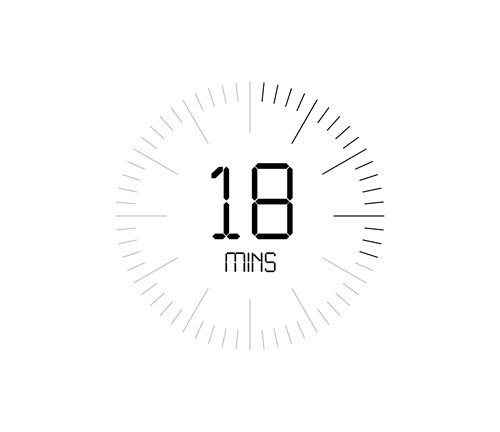
Today, I read an article in the Commercial Carrier Journal (CCJ) that was on the House Transportation Committee studying the issue of the supposed driver shortage. There was an interesting figure in there by MIT's Dr. David Correll, a research scientist. He has spent the last four years observing and talking to 4,000 OTR drivers. He concluded that despite drivers having 11 hours of driving time available to them daily, he observed the average only drove 6.5 hours. Here is an excerpt from CCJ regarding Dr. Correll's interesting figure:
"My first conclusion is that we're facing a software problem, not a hardware problem," said Correll, making the analogy that the trucking industry has the labor and assets to get the job done, but not the coordination at a high level. Correll concluded that by adding just 18 minutes of driving time to each trucker's day, the entirety of ATA's calculated 80,000 driver shortage number would be erased. Correll said he arrived at this conclusion by taking the ATA's estimate of an 80,000 driver shortfall and comparing it to the 1.8 million current drivers, finding the industry 4.5% short. Then, by his logic, simply increasing each trucker's drive time by 4.5% or 18 minutes, might unlock the hidden capacity in trucking.
18 minutes! It would only take 18 minutes of increased productivity to solve the supply chain crisis we are experiencing today! Where do we go to look for these 18 minutes? Drivers are already generally paid by the mile, so all the incentives are put on them to drive as many miles as possible. In most cases, just getting the paperwork for your load in a timely fashion would amount to more than 18 minutes. Having readily available easy-to-find parking spots to take our mandatory rest breaks, would recover more than this needed 18 minutes. Traffic management in urban areas could also give us the required 18 minutes of productivity. In reality, and according to this study, what this means is that we can solve these issues of driver shortages, in the time it takes to microwave two frozen dinners.
So, let's imagine that within a minute or two of a trailer being loaded, that a driver was handed their paperwork to sign, and left to be on their way. Or imagine if the trucking industry supported the idea of paid/reserved parking. By making parking a truck a profitable business, it seems as though there would be a lot more real estate dedicated to this service. City and state highway planners could also contribute to solving this 18-minute deficit of productivity. Imagine if these major cities partitioned off the far left lane twenty or thirty miles before, and after, a major urban center. This lane would have zero exits, other than the beginning, and the end, and would be for thru trucks only. Most trucks are going through, and a truck can maintain speed well, but is a slug when it comes to stop and go traffic. This approach to highway engineering would make much more sense than the current practice of restricting trucks to the far right lane, where everyone is entering and exiting, which puts them in a situation where they have to slow down and accelerate repetitively.
In closing, it seems as though we could easily come up with more than an hour of increased productivity in our industry, with just a few simple, fundamental changes in the way we truck drivers are limited to doing our jobs. I think I can safely speak for all commercial drivers by saying, “Get out of our way and we’ll get the job done of moving America's commerce in a safe, efficient, timely manner!”.
https://www.ccjdigital.com/home/article/15281584/house-transportation-committee-hears-a-blunt-assessment-of-the-driver-shortage